Apple's new iPhone 13 Pro Max can temporarily support higher wattage charging than its predecessor, allowing for the device to reach full battery more quickly.
According to tests conducted by ChargerLAB, the iPhone 13 Pro Max can receive up to 27 watts of power when plugged into the right charging adapter. Previously, the charging speeds capped out at about 22 watts.
The iPhone 13 Pro Max won't stay at 27W of power the entire time, however. Testing cited by Twitter user DuanRui indicates that it'll maintain the higher wattage for about 27 minutes. In testing, the device took a total of 86 minutes to fully charge.
iPhone 13 Pro Max uses a 30W PD charger, which can maintain 26W power for about 27 minutes, and it takes 86 minutes to fully charge. pic.twitter.com/qN67104Sem
— DuanRui (@duanrui1205) September 25, 2021
In other tests, including some performed by AppleInsider on Wednesday, it appears that the 27W charging only kicks in when a battery is at about 10% capacity and rising. If the battery life is above 40%, it'll charge at around 23 watts.
The higher charging speeds appear to be limited to the iPhone 13 Pro Max model, since DuanRui said that the base iPhone 13 Pro caps out at 20W. The faster charging isn't available with MagSafe or Qi wireless charging, which only supports 15W of charging at most. Users will also need a power adapter that supports charge rates of 9V at three amps.
Users can take advantage of the higher charging speeds with most modern 30W or higher charging bricks.
 Mike Peterson
Mike Peterson

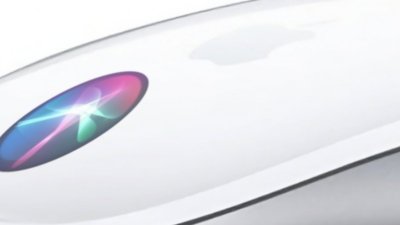
 William Gallagher
William Gallagher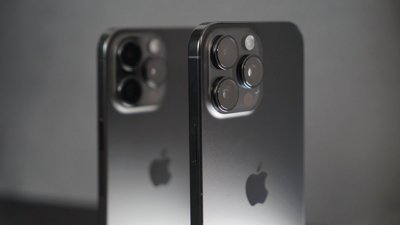
 Andrew Orr
Andrew Orr
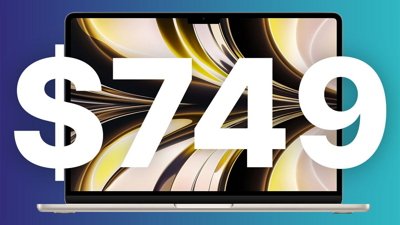
 Christine McKee
Christine McKee
 Andrew O'Hara
Andrew O'Hara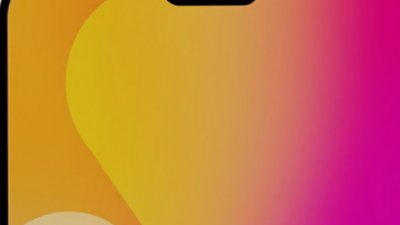
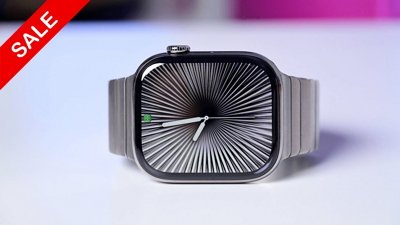

 Malcolm Owen
Malcolm Owen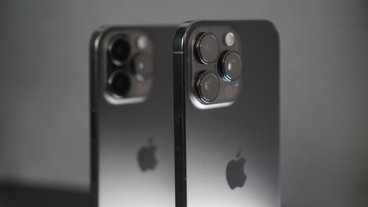

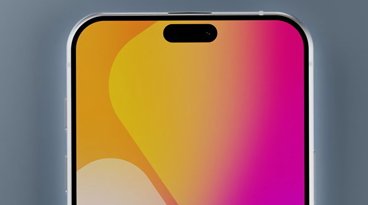




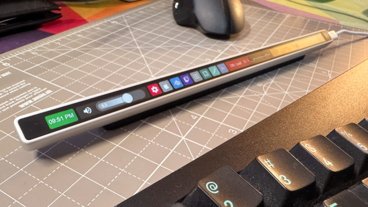


26 Comments
It's my understanding that even with Apple's battery-saving tech, charging batteries that fast tends to degrade them faster. I don't understand the difficulty in just charing them with a humble 5-watt charger overnight while one is sleeping. I have an external battery pack to charge my devices when traveling when there are minimal charging options.
So, it works pretty much as intended? Doesn't all fast charging gizmos start to limit the wattage after 50% or so? Due to how li-ion batteries reach peak voltage around that point and after that there's diminishing returns, also batteries heat up etc. I'm not an expert, but I think this is just the nature of battery chemistry and not just a Apple thing. Other than they seem to be more aggressive in saving battery lifetime with smart software limitations.